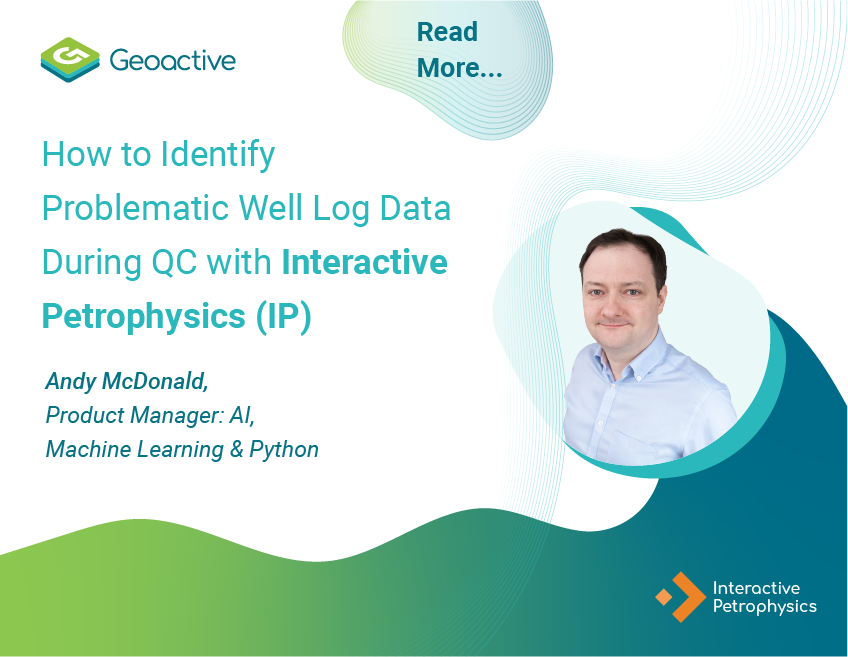Unlock Your Subsurface Data: Interpret Any Type, Any Way with IC
Tired of wrestling with disconnected subsurface data? IC brings everything together - logs, tops, production, stratigraphy - into one intuitive...
1 min read
 Frans Mulders
:
September 25, 2025
Frans Mulders
:
September 25, 2025

Geomechanics can seem daunting at first glance. With its complex models, technical jargon, and data-heavy workflows, it’s easy to feel overwhelmed. But like any discipline, practice brings familiarity—and with time, the pieces begin to fall into place.
However, there’s a caveat: familiarity should never lead to complacency. In geomechanics, running on autopilot can be risky. Every decision, every model, and every interpretation must be grounded in geomechanical sense. This means constantly questioning assumptions, validating models, and ensuring that all elements of the subsurface story align.
One of the most effective ways to reduce uncertainty in geomechanical models is through good calibration data. High-quality inputs such as:
...can significantly enhance the reliability of predictions. Unfortunately, such data is often scarce or entirely absent, especially in frontier or brownfield environments.
In the absence of direct measurements, the well itself becomes a valuable source of insight. Drilling incidents—such as kicks, losses, or borehole instability—can serve as indirect calibration points. These real-world events provide critical feedback that helps refine models and improve predictive accuracy.
In many cases, calibrating to drilling behavior can be more impactful than relying solely on lab-derived data. It reflects the dynamic, in-situ conditions of the subsurface and helps bridge the gap between theory and reality.
Geomechanics is not just about isolated measurements or standalone models. It’s about assembling a coherent picture where all pieces of the puzzle—data, models, observations, and outcomes—fit together seamlessly. Discrepancies should be investigated, not ignored. Every anomaly is a clue, and every match is a validation.
Geomechanics is a scientific tool to investigate and solve subsurface cases. It demands technical rigor, but also intuition and critical thinking. As you gain experience, remember to stay curious, stay skeptical, and above all, ensure that everything you do makes geomechanical sense.
Join Frans' next webinar taking place on Thursday 27th November 2025 by clicking the button below 👇

Tired of wrestling with disconnected subsurface data? IC brings everything together - logs, tops, production, stratigraphy - into one intuitive...

Well log data is a key source for petrophysical analysis and machine learning models, however, it can be affected by a range of issues including...